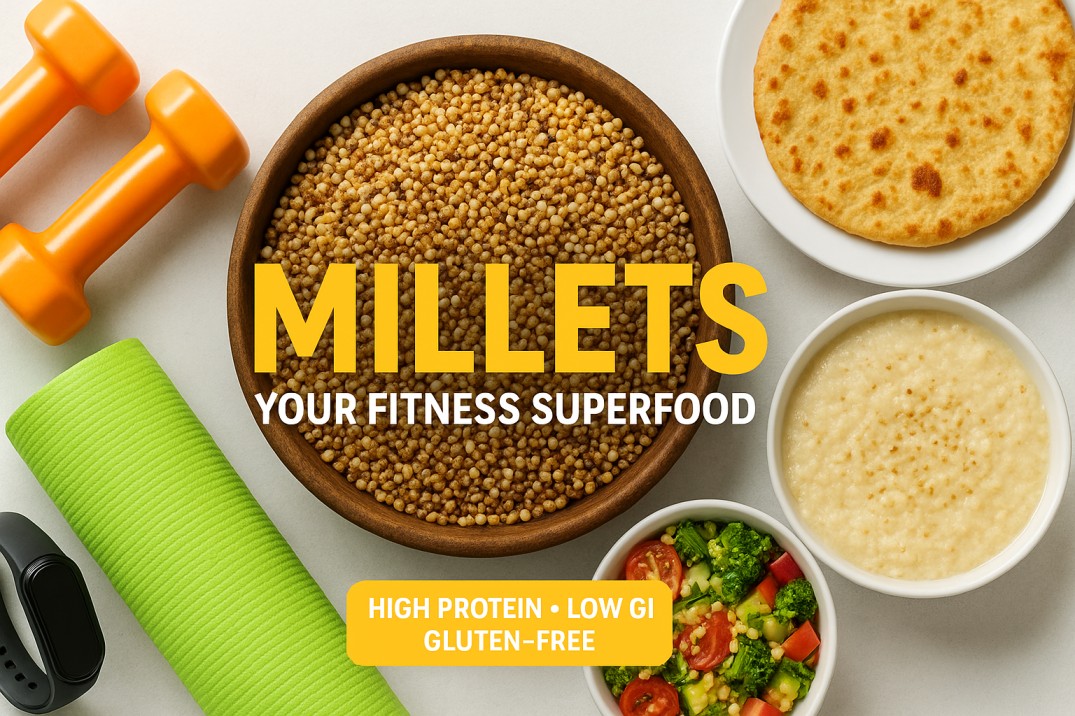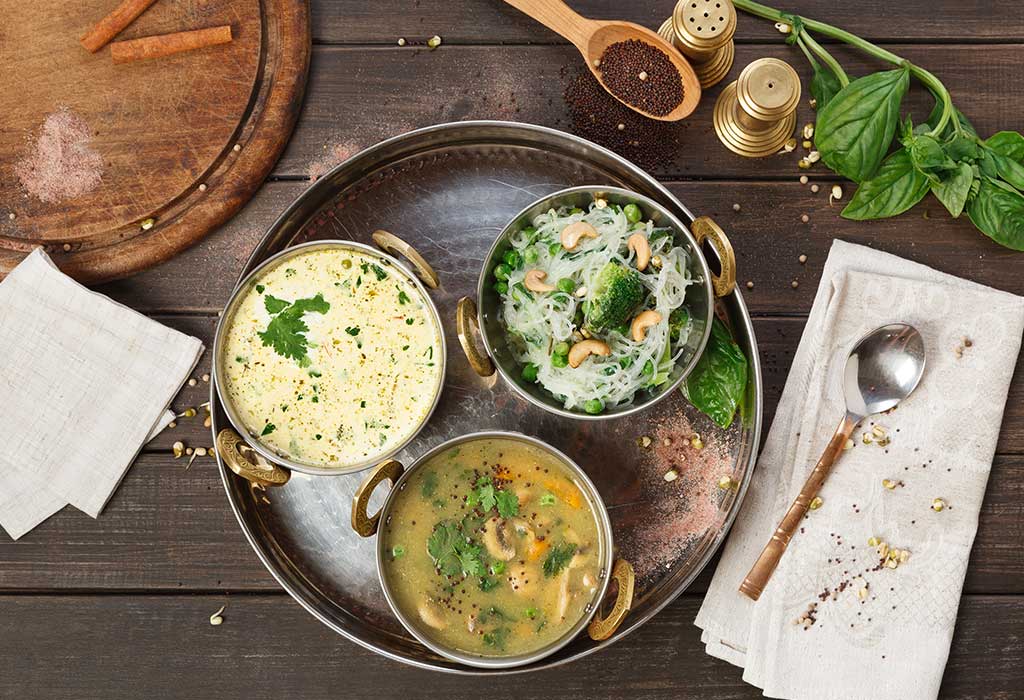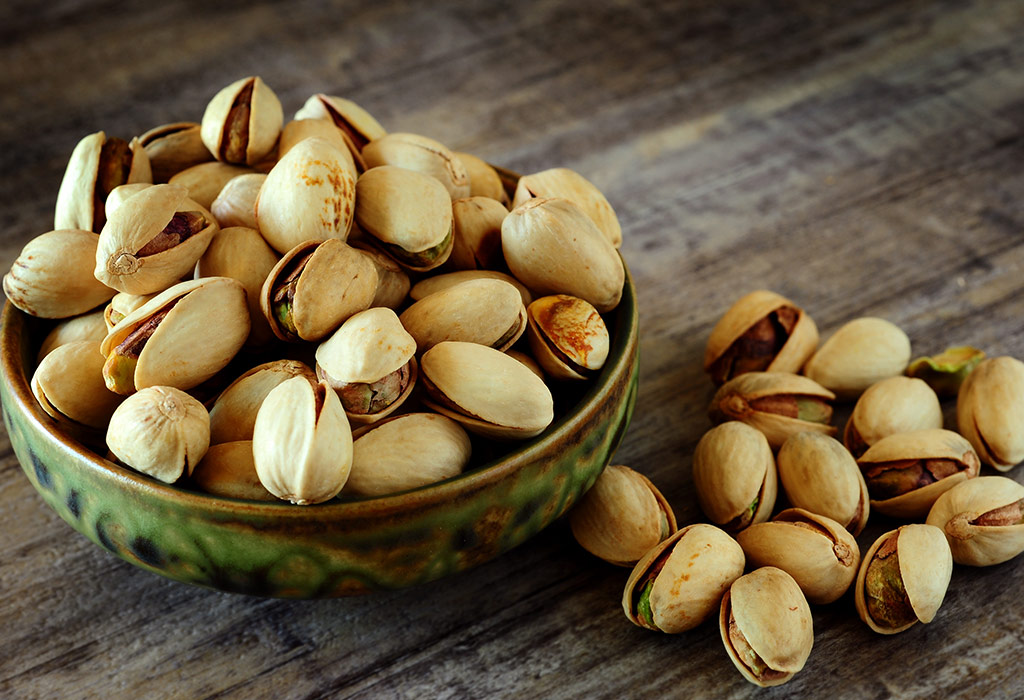Perché il miglio appartiene alla tua dieta fitness
L’aggiunta di miglio alla tua dieta può essere un punto di svolta. Ecco perché:
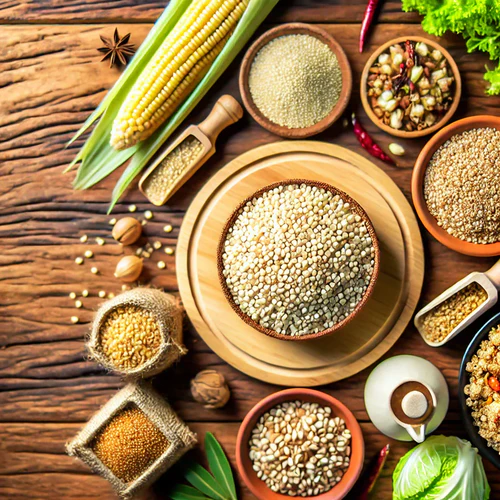
- Nutrient-dense: Whole millets pack vitamins, minerals, fibre and plant protein. For example, 1 cup (174 g) of cooked millet provides ~6 g protein, good amounts of phosphorus, magnesium, iron and folate.
- Low glycemic index & good for blood-sugar control: Millets digest more slowly than many refined grains, helping reduce rapid blood sugar spikes.
- Heart, gut and weight benefits: The fibre and mineral content support digestion, cardiovascular-health and satiety — helping you stay full and avoid unnecessary snacking.
- Gluten-free alternative: For those sensitive to wheat or looking for variety beyond rice/wheat, millets offer a strong option.
Quali miglio dovresti provare (e perché)
Ecco alcune delle migliori scelte di miglio, ognuna con punti di forza specifici. Scegline uno (o mescolane diversi) a seconda dei tuoi obiettivi di fitness.
1. Miglio perlato (Bajra)
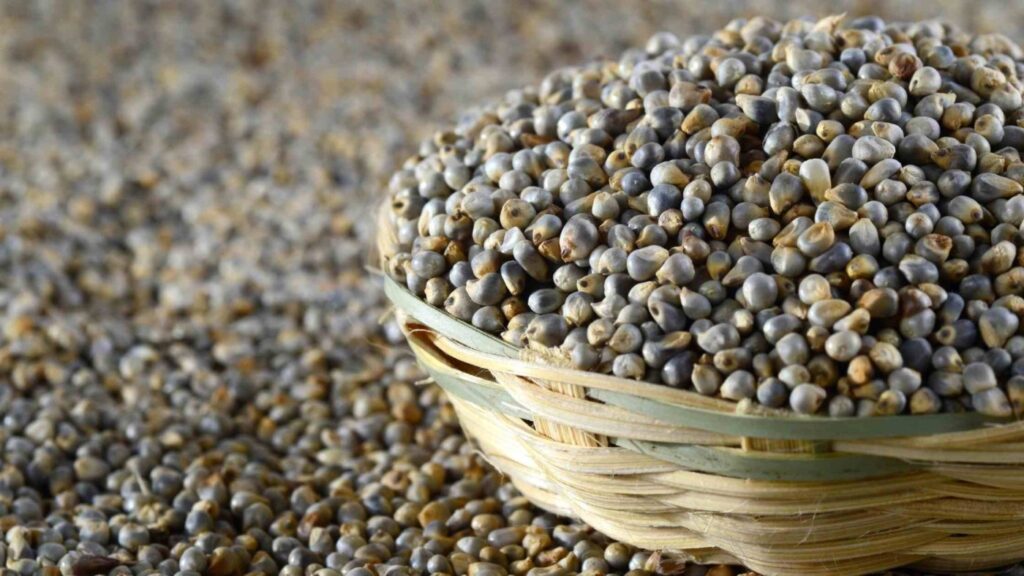
- Known for high iron and magnesium content.
- Good for heart health, and a slower carb-option compared to white rice.
- How to use: Try bajra rotis, millet khichdi, or swap in for rice in a main meal.
2. Miglio da dito (Ragi)
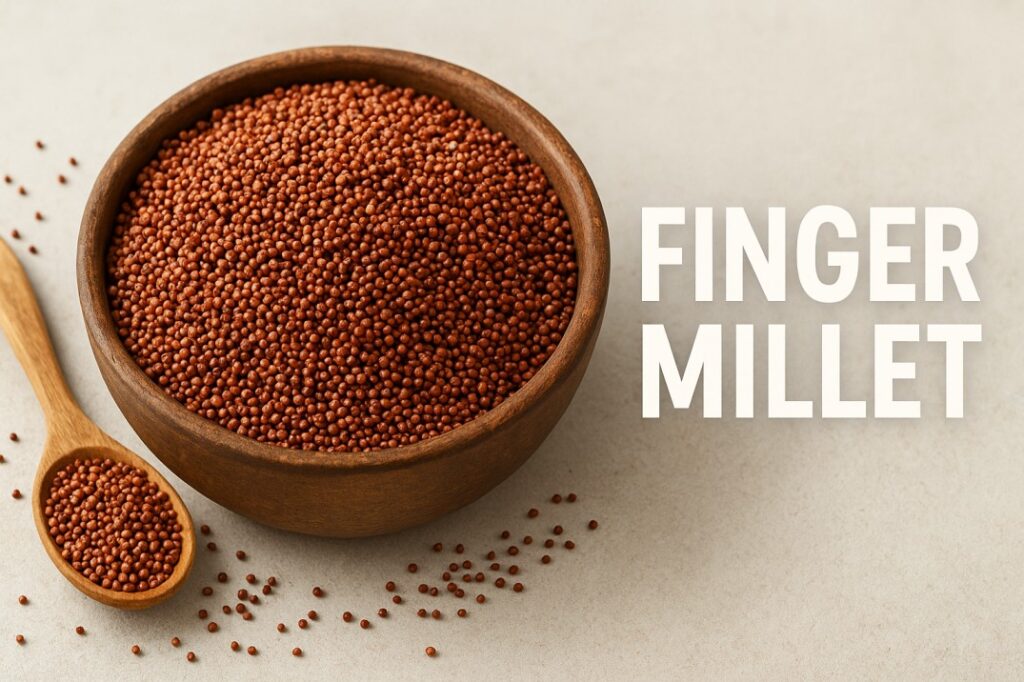
- Among cereals highest in calcium — supporting bone health (important for fitness, loads and recovery).
- Also good protein/fibre combination for staying full.
- How to use: Ragi porridge for breakfast, ragi flour pancakes or chapatis.
3. Miglio coda di volpe (Kangni)
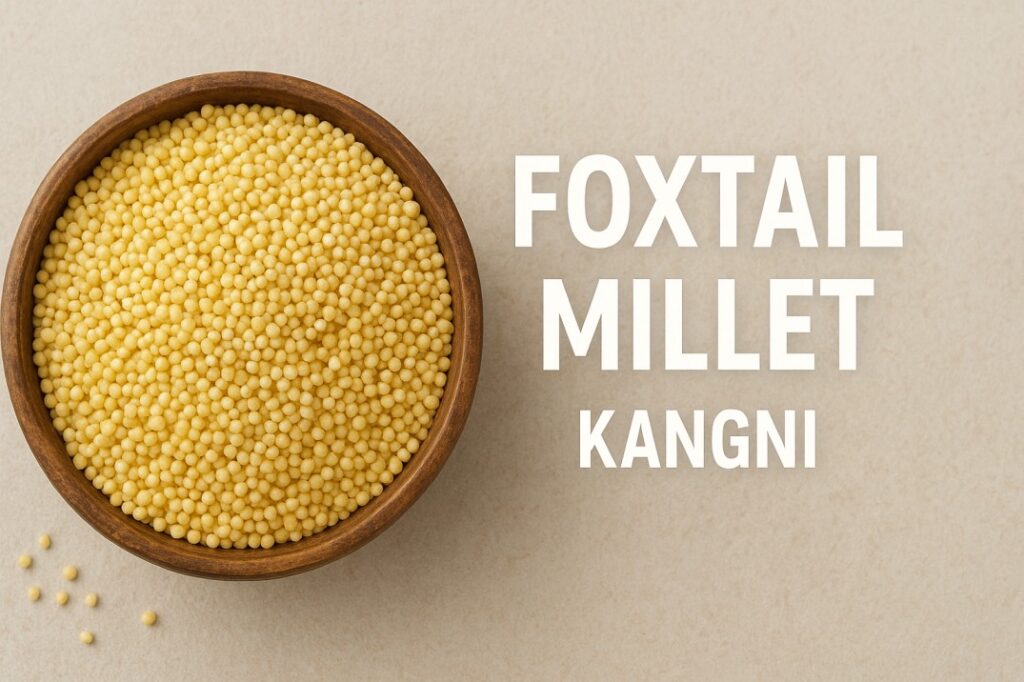
- Rich in dietary fibre, good for gut health, blood sugar regulation.
- How to use: Use in pulaos, salads, as rice substitute.
4. Altri miglio (Miglio piccolo, Miglio Kodo, Miglio da cortile, Sorgo/Jowar)
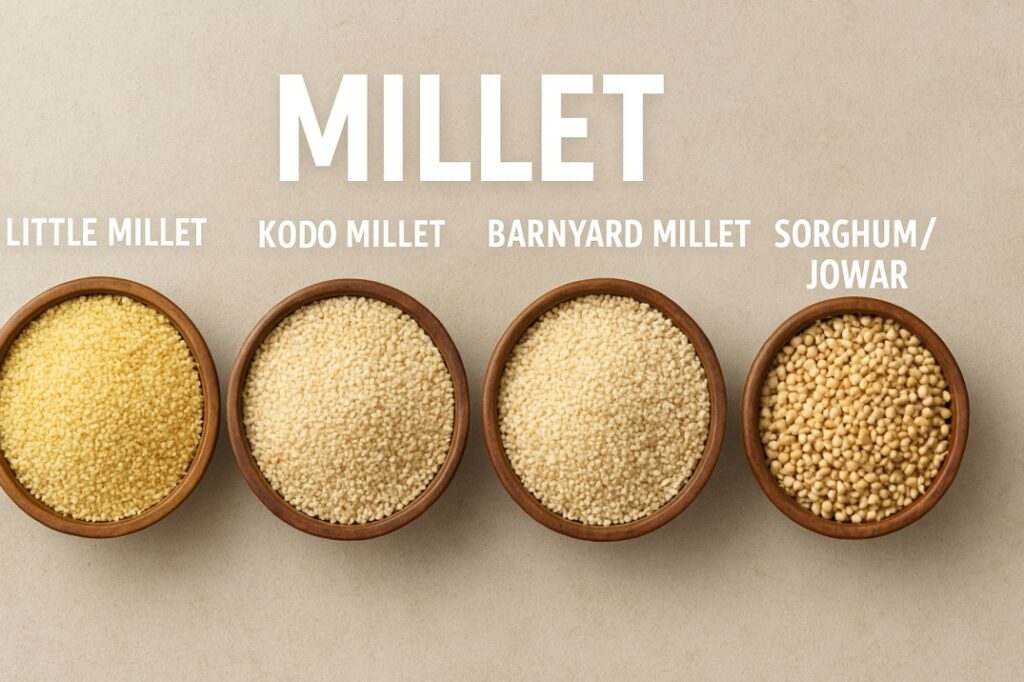
- These provide variety, different textures and nutrient profiles. For example, some are especially helpful for weight management, antioxidant load, or gluten-free needs.
- How to use: Mix-in with your grains rotation, try millet flour blends or millet snacks.
Come e quando includere il miglio
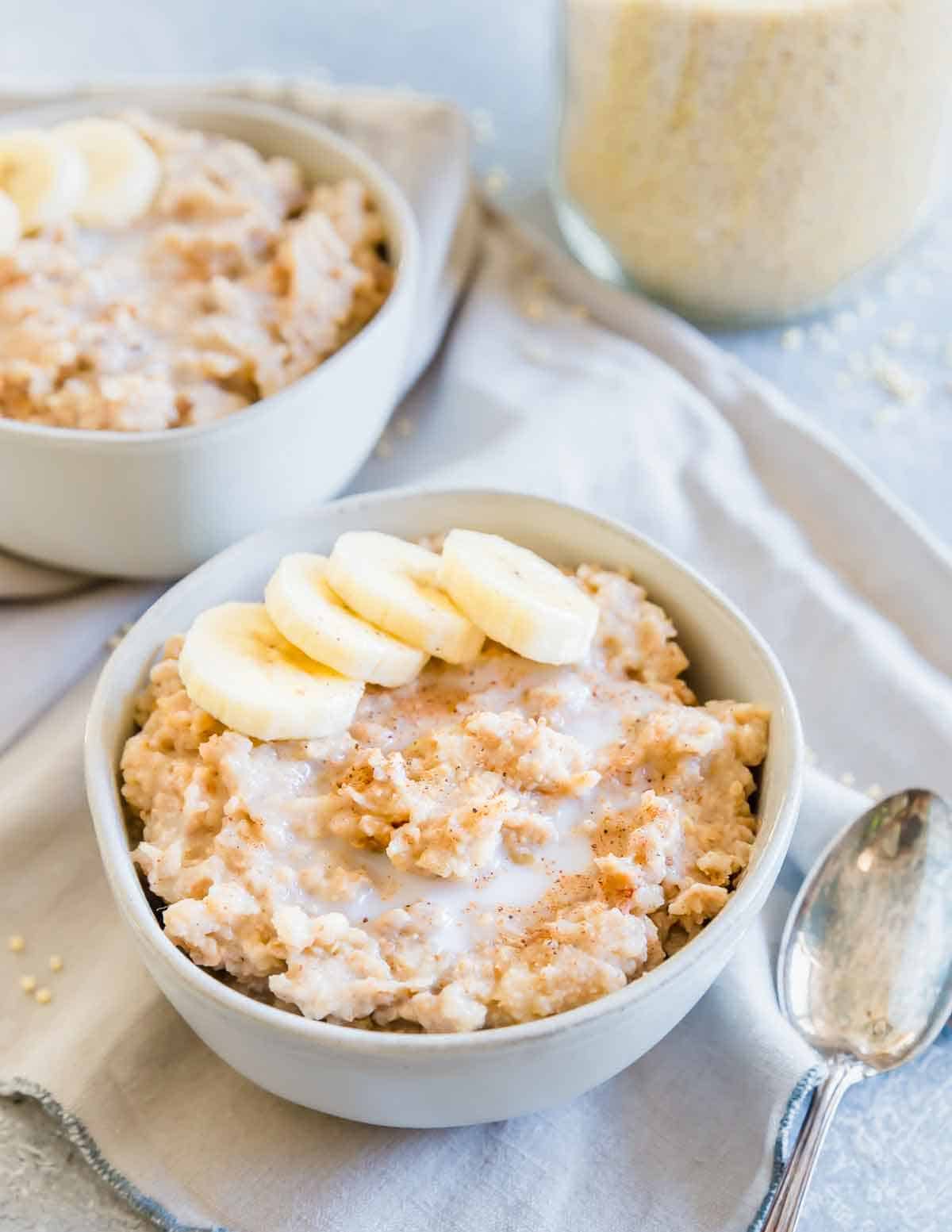
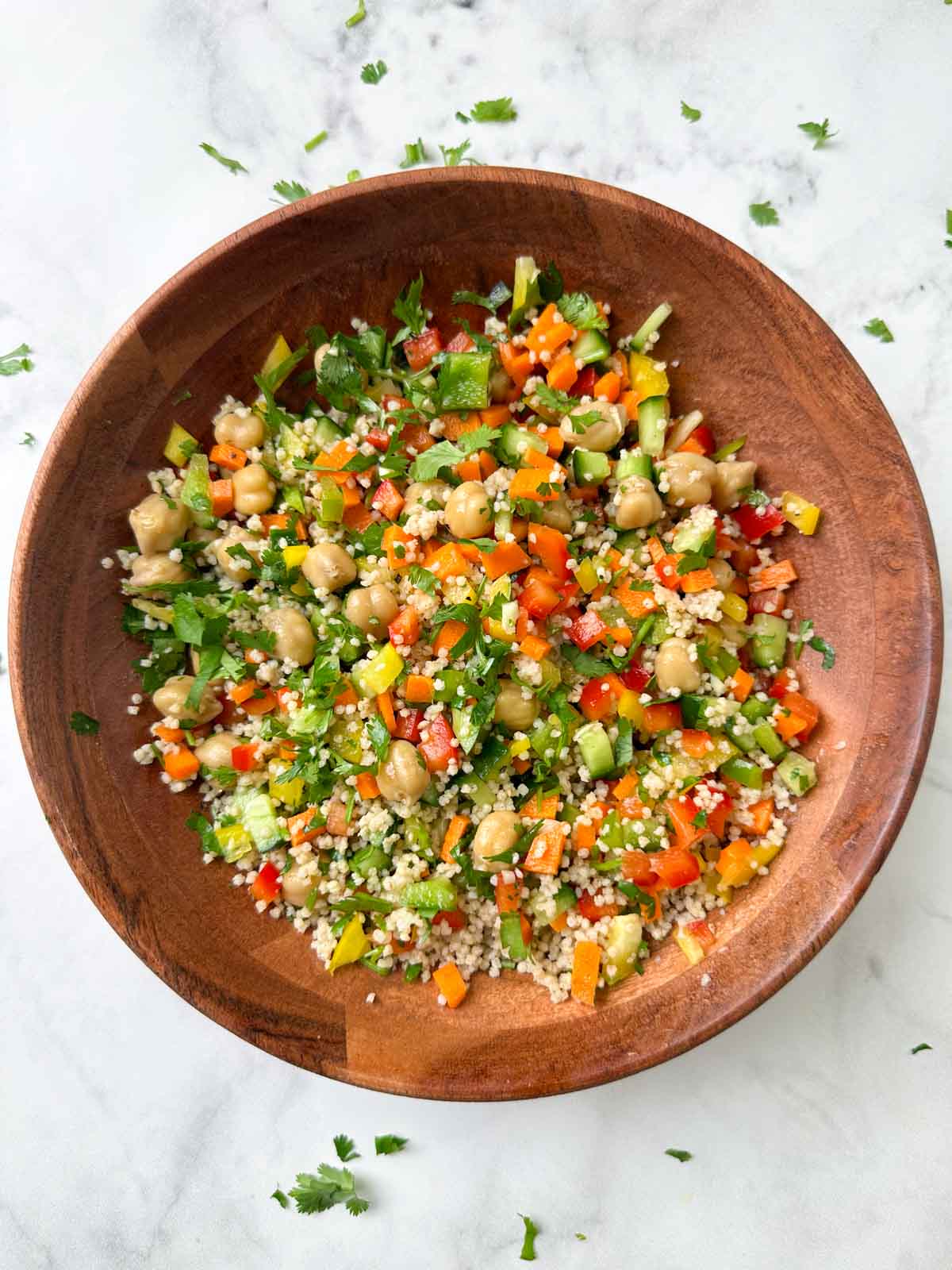
Ecco una semplice guida per includere il miglio nella tua dieta orientata al fitness:
- Start your day with millets: Breakfast with millet porridge, millet upma or a millet pancake gives you sustained energy. Tap into its fibre and slower-digesting carbs.
- Swap at lunch or dinner: Replace white rice or even part of wheat-based meal with millet. For example, millet khichdi, millet salad, millet roti.
- Use as snack or pre-workout fuel: Whole grains + fibre = slower energy release. A small bowl of popped millet, or millet bars, can work.
- Portion & pairing: Because millets are still carbohydrates, balance with protein (eg. pulses, lean meat, tofu) and vegetables. So you’re building a complete macro mix.
- Preparation tips: Soaking millet before cooking reduces anti-nutrients (like phytic acid) and improves digestibility.
- Switch gradually: If you’ve been mostly using rice or wheat, begin with one meal per day of millet, then increase variety.
Perché le persone focalizzate sul fitness dovrebbero interessarsi
- Recovery & muscle health: The mineral content (magnesium, phosphorus) is important for muscle contraction, nerve function and recovery. Millets deliver more than basic carbs.
- Fat-loss and lean-body goals: Because millets help you feel full (high fibre + slower digestion) they can reduce snack cravings and help control calorie intake.
- Better metabolic health: Low glycemic behaviour supports insulin sensitivity — important to avoid metabolic slowdowns which hamper fat-loss.
- Joint and bone support: For people hitting the gym or doing weight training, bones and joints are under stress. Finger millet’s calcium and other millets’ minerals help support that infrastructure.
- Gut and overall health: A healthy gut supports all fitness outcomes — nutrient absorption, inflammation control, recovery. Millets help the gut microbiome via their fibre.
Alcune idee pratiche per ricette
- Millet porridge: Soak ½ cup millet, cook with milk or water, add fruit/berries + nuts.
- Millet salad bowl: Cook foxtail millet, toss with roasted veggies, chickpeas, olive oil, lemon.
- Millet roti/chapati: Mix 50% whole-wheat flour + 50% millet flour (e.g., ragi or bajra) for an easy start.
- Millet khichdi: Millet + mixed pulses + vegetables, light seasoning — good recovery meal.
- Millet snack: Puffed millet with a little honey and nuts/frozen berries, or millet energy bar.
Cose da guardare e suggerimenti per ottenere i migliori risultati
- Because millets are whole grains, they still contain carbohydrates — ensure you count them in your macro plan.
- The presence of anti-nutrients (e.g., phytic acid) means soaking or rinsing millets helps improve nutrient absorption.
- Texture and taste: Some people think millets have a different texture (chewy). Gradual adaptation + combining with familiar flavours helps.
- Variety is key: Don’t rely on a single type of millet; rotate different types to get diverse nutrients.
- Quality matters: Choose unpolished/unprocessed millets when possible, to retain nutrients.
- Always pair with sufficient protein and vegetables — millets are helpful, not a magic bullet.
Conclusione
Se prendi sul serio il fitness e l’alimentazione, il miglio non è solo una tendenza, è un aggiornamento intelligente. Che tu stia aumentando la forza, perdendo grasso, recuperando dagli allenamenti o semplicemente mirando a sentirti meglio e più energico, l’integrazione del miglio ti dà real Benefici: energia a lento rilascio, migliore supporto minerale, fibre per la pienezza e un bonus senza glutine se necessario. Seleziona una o due varietà di miglio, preparale nel modo che preferisci e rendile una parte costante dei tuoi pasti. Nel tempo, probabilmente vedrai una migliore sazietà, un’energia più costante, un migliore recupero e una migliore qualità della dieta in generale.
